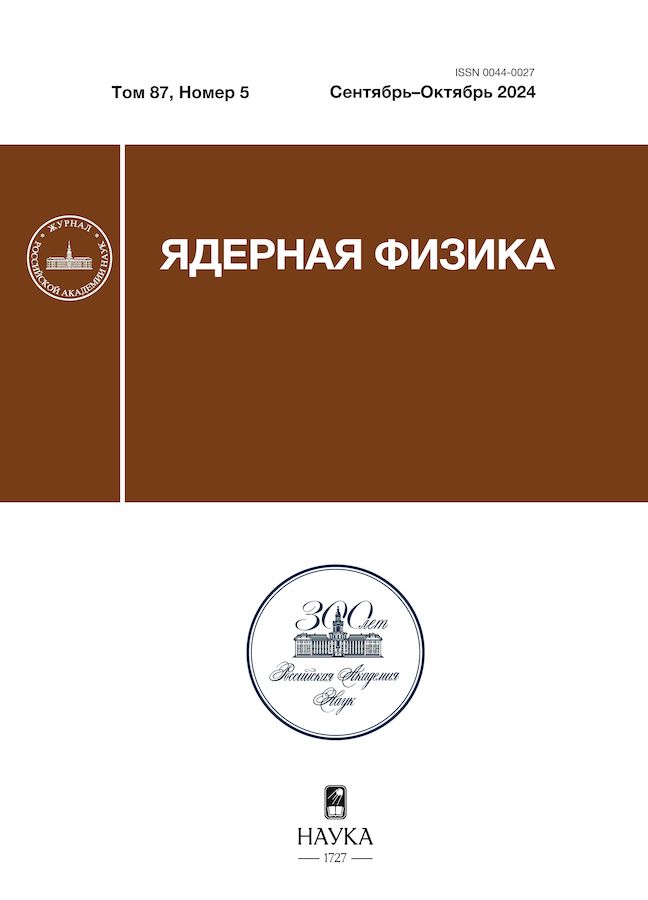MEASUREMENT OF THE RATES OF THE 102Pd(
- Авторлар: Zagryadsky V.A1, Korolev K.O1, Kravets Y.M1, Kuznetsova T.M1, Kurochkin A.V1, Makoveeva K.A1, Skobelin I.I1, Strepetov A.N1, Udalova T.A1
-
Мекемелер:
- National Research Center “Kurchatov Institute”
- Шығарылым: Том 87, № 5 (2024)
- Беттер: 365-368
- Бөлім: ЯДРА. Эксперимент
- ##submission.datePublished##: 15.12.2024
- URL: https://ter-arkhiv.ru/0044-0027/article/view/674649
- DOI: https://doi.org/10.31857/S0044002724050011
- EDN: https://elibrary.ru/JGQMUZ
- ID: 674649
Дәйексөз келтіру
Аннотация
Авторлар туралы
V. Zagryadsky
National Research Center “Kurchatov Institute”Moscow, Russia
K. Korolev
National Research Center “Kurchatov Institute”
Email: kirik.korolev@yandex.ru
Moscow, Russia
Y. Kravets
National Research Center “Kurchatov Institute”Moscow, Russia
T. Kuznetsova
National Research Center “Kurchatov Institute”Moscow, Russia
A. Kurochkin
National Research Center “Kurchatov Institute”Moscow, Russia
K. Makoveeva
National Research Center “Kurchatov Institute”Moscow, Russia
I. Skobelin
National Research Center “Kurchatov Institute”Moscow, Russia
A. Strepetov
National Research Center “Kurchatov Institute”Moscow, Russia
T. Udalova
National Research Center “Kurchatov Institute”Moscow, Russia
Әдебиет тізімі
- P. Bernhardt, E. Forssell-Aronsson, L. Jacobsson, and G. Skarnemark, Acta Oncol. 40, 602 (2001).
- D. Filosofov, E. Kurakina, and V. Radchenko, Nucl. Med. Biol. 94–95, 1 (2021).
- G. Skarnemark, A. Odegaard-Jensen, J. Nilsson, ¨ B. Bartos, E. Kowalska, A. Bilewicz, and P. Bernhardt, J. Radioanal. Nucl. Chem. 280, 371 (2009).
- С. С. Арзуманов, B. C. Буслаев, Б. Г. Ерозолимский, С. В. Масалович, А. Н. Стрепетов, В. П. Федунин, А. И. Франк, А. Ф. Яшин, Б. А. Яценко, Препринт ИАЭ-4216/14 (1985).
- D. De Frenne, Nucl. Data Sheets 110, 2081 (2009).
- A. J. Koning, D. Rochman, J. Sublet, N. Dzysiuk, M. Fleming, and S. van der Marck, Nucl. Data Sheets 155, 1 (2019).
Қосымша файлдар









